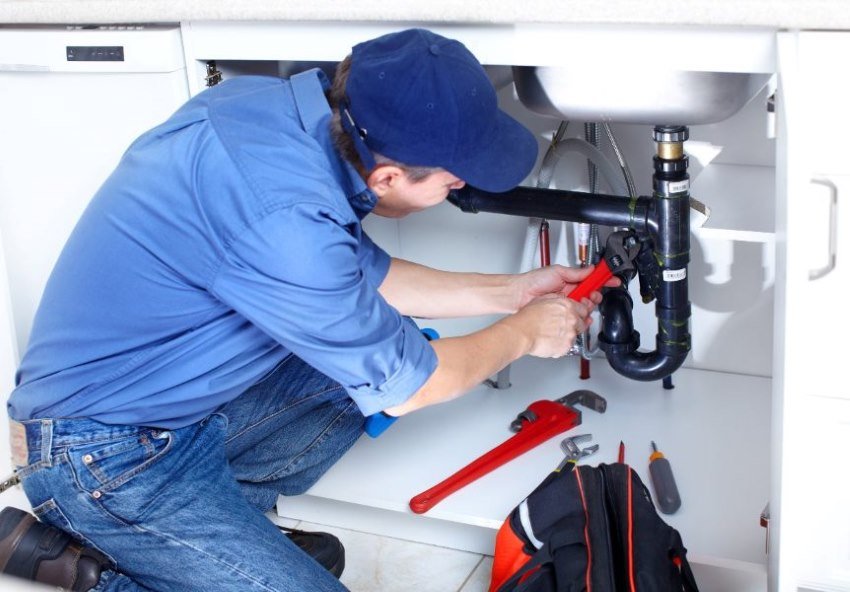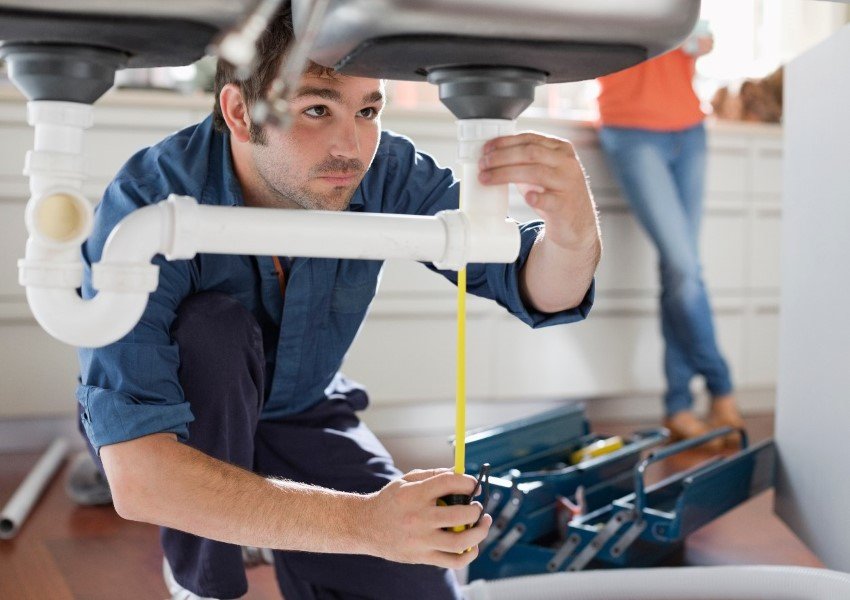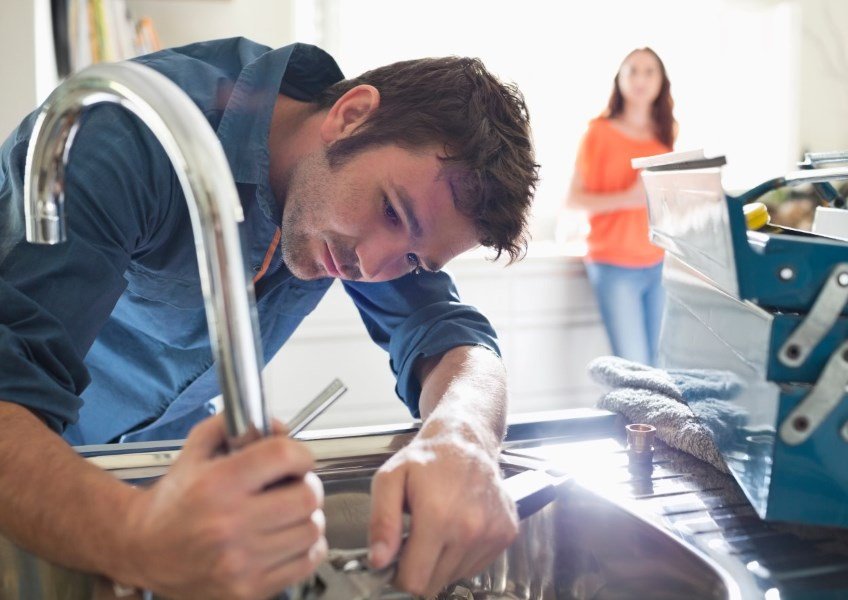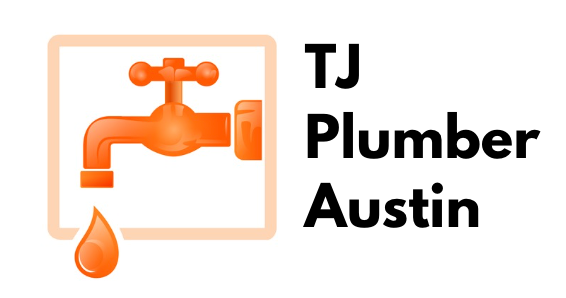Emergency Plumbing Services – Austin, TX
NAVIGATING PLUMBING EMERGENCIES: WHAT CONSTITUTES A TRUE EMERGENCY?
A plumbing emergency can be a stressful situation that requires immediate attention to prevent property damage, health hazards, or disruption to daily activities. While some plumbing issues may be minor and can wait for regular business hours, others constitute true emergencies that require prompt action. Here are some examples of plumbing emergencies:
1. Burst Pipes: A burst pipe can cause significant water damage to your home or property and should be addressed immediately. Signs of a burst pipe include flooding, water spraying or gushing from a pipe, or a sudden increase in water usage.
2. Sewer Line Backups: Sewer line backups can result in sewage backing up into your home, leading to unsanitary conditions and health hazards. Signs of a sewer line backup include sewage odors, gurgling noises from drains or toilets, and water backing up into drains or toilets.
3. Gas Leaks: Gas leaks pose a serious safety hazard and require immediate attention. If you smell gas in your home, hear a hissing sound near gas appliances, or notice dead plants or vegetation near gas lines, evacuate the area immediately and contact emergency services.
4. No Hot Water: In colder climates or during winter months, a lack of hot water can be considered an emergency, especially if it affects your ability to shower, wash dishes, or perform other essential tasks. This may indicate an issue requiring immediate attention and water heater repair.
5. Frozen Pipes: In cold weather, frozen pipes can burst and cause water damage to your home. If you suspect that your pipes are frozen, take immediate action to thaw them safely and prevent bursting.
6. Major Water Leaks: Significant water leaks, such as those from a broken faucet, toilet, or appliance, can cause water damage and should be addressed promptly to prevent further damage.
7. Blocked Drains: A blocked drain can lead to sewage backup, flooding, or damage to your plumbing system. If you have multiple drains backing up simultaneously or notice foul odors coming from drains, it may indicate a blockage in the main sewer line.
8. Water Heater Istallation Malfunction: If your water heater is leaking, making unusual noises, or failing to provide hot water, it may indicate a malfunction that requires immediate attention to prevent further damage or safety hazards.
In general, any plumbing issue that poses a risk to your health, safety, or property should be considered a true emergency and addressed promptly. If you’re unsure whether a plumbing issue constitutes an emergency, it’s always best to err on the side of caution and contact a professional plumber near me or emergency plumbing service for advice. They can assess the situation and provide guidance on how to proceed.


Call Now For A Free Estimate
EMERGENCY PLUMBING KITS: MUST-HAVE TOOLS FOR HOMEOWNERS
Having an emergency plumbing kit on hand can help homeowners address minor plumbing issues quickly and prevent further damage until a professional plumber can arrive. Here are some must-have tools and supplies for an emergency plumbing kit:
1. Plunger: A plunger is essential for clearing clogged toilets, sinks, and drains. Make sure to have both a toilet plunger (with a flange) and a sink plunger (without a flange) in your kit.
2. Adjustable Wrench: An adjustable wrench, also known as a crescent wrench, is versatile and can be used to tighten or loosen nuts and bolts on pipes, fixtures, and fittings.
3. Pipe Wrench: A pipe wrench is specifically designed for gripping and turning pipes, fittings, and other plumbing components. It’s essential for tasks such as tightening or loosening threaded pipes.
4. Pipe Tape: Also known as plumber’s tape or Teflon tape, pipe tape is used to seal threaded pipe connections and prevent leaks. Keep both standard white tape and yellow gas tape in your kit.
5. Plumbing Tape: Plumbing tape, also known as thread seal tape or PTFE tape, is used to seal threaded fittings and prevent leaks in water and gas lines.
6. Pipe Cutter: A pipe cutter is used to cut copper, PVC, or plastic pipes to the desired length. It’s useful for making clean, precise cuts when repairing or replacing sections of pipe.
7. Hacksaw: A hacksaw can be used to cut through metal pipes, fittings, and other materials. It’s handy for cutting through stubborn or corroded pipes during emergency repairs.
8. Flashlight: A flashlight is essential for illuminating dark or cramped spaces, such as under sinks or inside cabinets, when inspecting or repairing plumbing fixtures.
9. Bucket: A bucket is useful for catching water or debris when working on plumbing fixtures, as well as for transporting tools and supplies. Choose a sturdy bucket with a handle for easy carrying.
10. Gloves and Safety Gear: Disposable gloves protect your hands from dirt, grime, and potentially harmful substances when working on plumbing repairs. Safety glasses or goggles protect your eyes from debris or splashing water.
11. Multi-Bit Screwdriver: A multi-bit screwdriver with interchangeable tips allows you to tighten or loosen screws on various plumbing fixtures, such as faucets, handles, and drain covers.
12. Emergency Shut-Off Valve Key: If your home has a water or gas shut-off valve that requires a special key to operate, make sure to include it in your emergency plumbing kit.
13. Plumbing Putty or Epoxy: Plumbing putty or epoxy can be used to temporarily seal leaks in pipes, fittings, or fixtures until permanent repairs can be made.
14. Emergency Contact List: Include a list of emergency contacts, including plumber in Austin contact information, local utility companies, and emergency plumber near me services.
By assembling an emergency plumbing kit with these essential tools and supplies, homeowners can address minor plumbing issues quickly and effectively, reducing the risk of further damage or inconvenience until professional help arrives.


Call Now For A Free Consultation
EMERGENCY PLUMBING FOR BUSINESSES: MAINTAINING OPERATIONS DURING CRISIS
1. Regular Maintenance Inspections: Conduct regular inspections of plumbing systems to identify potential issues before they escalate into emergencies. Addressing minor leaks, clogs, or malfunctions proactively can prevent major disruptions later on.
2. Emergency Response Plan: Develop and implement an emergency response plan that outlines procedures for dealing with plumbing emergencies, such as burst pipes, sewer backups, or gas leaks. Assign specific roles and responsibilities to employees and ensure they are trained in emergency procedures.
3. Emergency Contact Information: Maintain a list of emergency contact information for plumbers, utility companies, and other relevant service providers. Ensure that all employees know how to access this information and whom to contact in case of a plumbing emergency.
4. Shut-Off Valves: Identify and label shut-off valves for water, gas, and other utilities throughout the facility. Ensure that employees know the location of these valves and how to shut them off in case of an emergency to prevent further damage or hazards.
5. Backup Systems: Install backup systems, such as sump pumps or emergency generators, to maintain essential plumbing functions during power outages or other emergencies. Regularly test these systems to ensure they are functioning correctly.
6. Emergency Supplies: Keep emergency plumbing supplies on hand, such as plumbing repair kits, pipe tape, wrenches, and other tools. These supplies can help address minor issues quickly and prevent them from escalating into emergencies.
7. Communication Channels: Establish clear communication channels for reporting plumbing issues and emergencies within the organization. Encourage employees to report any problems promptly so they can be addressed before causing major disruptions.
8. Alternative Facilities: Identify alternative facilities or locations where operations can be temporarily relocated in case of a plumbing emergency that renders the primary facility uninhabitable. Have contingency plans in place to minimize downtime and maintain business continuity.
9. Regular Staff Training: Provide regular training sessions for employees on how to identify and respond to plumbing emergencies. Ensure that employees understand the importance of reporting issues promptly and following established procedures.
10. Contract with Emergency Services: Establish contracts or agreements with emergency plumbing services to ensure prompt response and priority service during emergencies. Having a trusted plumber on call can help expedite repairs and minimize downtime.
11. Document Procedures: Document emergency plumbing procedures, including shut-off valve locations, contact information, and step-by-step instructions for responding to different types of emergencies. Distribute this documentation to relevant personnel and keep copies in accessible locations throughout the facility.
By implementing these emergency plumbing measures, businesses can minimize the impact of plumbing emergencies and maintain operations during a crisis. Preparedness, proactive maintenance, and clear communication are key to ensuring the safety and resilience of the facility and its occupants.
Got Questions? Call Now To Get Answers
COLD WEATHER PRECAUTIONS: PREVENTING FROZEN PIPES AND OTHER WINTER PLUMBING EMERGENCIES
1. Insulate Pipes: Insulate exposed pipes in unheated areas, such as basements, crawl spaces, attics, and exterior walls. Use pipe insulation sleeves, heat tape, or foam pipe insulation to protect pipes from freezing temperatures.
2. Seal Cracks and Gaps: Seal any cracks or gaps in exterior walls, floors, or foundations to prevent cold air from entering and reaching pipes. Use caulk or weatherstripping to seal around doors, windows, and other openings.
3. Keep Interior Warmth: Maintain a consistent indoor temperature, even when away from home or during nighttime hours. Set your thermostat to at least 55°F (13°C) to prevent interior temperatures from dropping below freezing.
4. Open Cabinet Doors: Open cabinet doors under sinks and vanities to allow warm air to circulate around pipes located along exterior walls. This helps prevent these pipes from freezing.
5. Drip Faucets: Allow faucets to drip slowly to relieve pressure in the pipes and prevent freezing. This is especially important for faucets located along exterior walls or in unheated areas.
6. Disconnect Hoses: Disconnect and drain outdoor hoses and store them indoors before temperatures drop below freezing. Shut off outdoor water spigots and drain residual water from the pipes to prevent freezing and damage.
7. Close Garage Doors: Keep garage doors closed to protect plumbing fixtures and pipes located in unheated garage spaces from freezing temperatures.
8. Heat Tracing Cable: Install heat tracing cable or heat tape on vulnerable pipes, such as those exposed to extreme cold or located in areas prone to freezing. Follow manufacturer’s instructions for proper installation and usage.
9. Winterize Vacant Properties: If leaving a property vacant during the winter months, take extra precautions to winterize the plumbing system. Drain water from pipes, shut off water supply valves, and consider adding antifreeze to plumbing fixtures and traps.
10. Monitor Weather Forecasts: Stay informed about weather forecasts and be prepared to take additional precautions during periods of extreme cold or severe winter weather conditions.
11. Emergency Supplies: Keep emergency plumbing supplies on hand, such as pipe insulation, heat tape, pipe wrenches, and thawing devices, in case of frozen pipes or other winter plumbing emergencies.
12. Know How to Shut Off Water: Familiarize yourself with the location of the main water shut-off valve in your home or property. In case of a burst pipe or other plumbing emergency, shutting off the water supply can help prevent extensive damage.
By taking these cold weather precautions, homeowners and businesses can help prevent frozen pipes and mitigate other winter plumbing emergencies, ensuring the safety and integrity of their plumbing systems during cold weather conditions.
TJ PLUMBER AUSTIN
3605 Thompson St, Austin, TX 78702
Hours of Operation
Mon Open 24 hours
Tue Open 24 hours
Wed Open 24 hours
Thu Open 24 hours
Fri Open 24 hours
Sat Open 24 hours
Sun Open 24 hours
